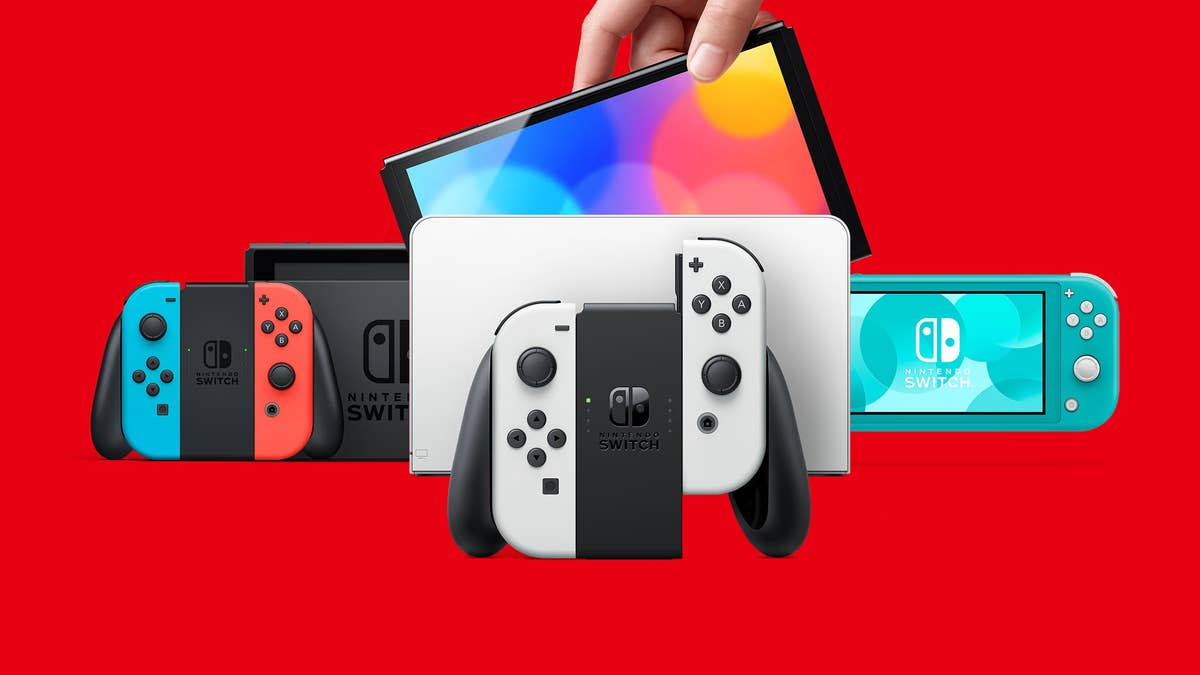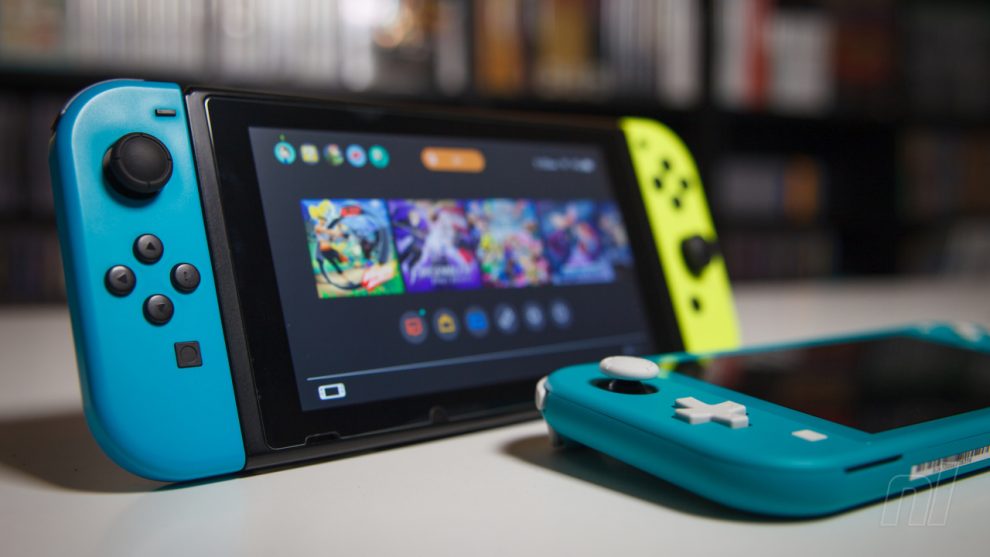Nintendo. The name evokes childhood memories, iconic characters like Mario and Link, and a company constantly pushing the boundaries of gaming experiences. Unlike its competitors, Nintendo prioritizes innovation in both hardware and exclusive games, carving a unique niche in the ever-evolving gaming industry. This blog delves into Nintendo’s long history of groundbreaking hardware and captivating exclusive titles, analyzing how these elements work together to solidify their position as a leader in interactive entertainment.
Hardware Innovation: A Divergent Path
Nintendo hasn’t always chased the most powerful specs. They prioritize unique features that create novel gameplay experiences. Here are some prime examples:
- The NES (1985): Introduced the now-iconic D-pad, a crucial element for precise platforming games.
- The SNES (1991): Pioneered Mode 7, allowing for pseudo-3D effects that brought depth to classic titles like Super Mario World.
- The N64 (1996): Introduced the analog stick, a revolutionary control method for 3D games that offered greater movement control.
- The Wii (2006): Revolutionized motion controls, making gaming an active, full-body experience.
- The Nintendo Switch (2017): Blended home console and handheld experiences seamlessly, offering unparalleled versatility.
These innovations haven’t always been met with initial commercial success (think the N64 competing with the more powerful PlayStation), but their influence on the industry is undeniable. From the D-pad becoming the standard for platformers to motion controls becoming a mainstay for specific genres, Nintendo’s hardware continues to shape how we play.
Exclusive Games: Powerhouses of Creativity
Nintendo’s dedication to exclusive titles is another pillar of their success. These games aren’t just ports or sequels; they’re meticulously crafted experiences designed to showcase the unique capabilities of their hardware. Here’s how Nintendo’s exclusives set them apart:
- Focus on Character and World-Building: Mario, Zelda, Metroid, and Pokemon are just a few of Nintendo’s beloved franchises. These franchises offer rich lore, instantly recognizable characters, and a sense of familiarity that keeps players coming back for more.
- Genre Innovation: From the innovative platforming of Super Mario Odyssey to the open-world exploration of The Legend of Zelda: Breath of the Wild, Nintendo consistently pushes the boundaries of established genres.
- Family-Friendly Appeal: While not exclusive to Nintendo, their games are generally known for being accessible to a broad audience, including families and younger gamers.
Looking beyond the established franchises, Nintendo also fosters creativity with unique titles like Splatoon, a colorful third-person shooter with a focus on teamwork, and Animal Crossing: New Horizons, a relaxing life-simulation game that became a social phenomenon during the pandemic.

The Synergy of Hardware and Exclusives
The true magic of Nintendo lies in the synergy between their hardware and exclusive games. Here’s how they work together:
- Hardware Designed for Specific Games: The Wii Remote’s motion controls were perfect for the intuitive gameplay of Wii Sports and the innovative swordplay of The Legend of Zelda: Twilight Princess. The Switch’s Joy-Con controllers, with their detachable functionality, perfectly complement the party game style of titles like Mario Kart 8 Deluxe.
- Exclusives Pushing Hardware Boundaries: Games like Super Mario Galaxy showcased the processing power of the Wii, while Breath of the Wild pushed the open-world capabilities of the Switch to its limits.
- A Feedback Loop for Innovation: Nintendo learns from the success (or failure) of their hardware and exclusive titles, feeding that knowledge back into future development. This creates a continuous cycle of innovation that keeps them at the forefront of the industry.
The Future of Nintendo Innovation
Nintendo’s future looks bright. The Switch continues to be a massive success, and they’ve shown willingness to experiment with new technologies like VR with Nintendo Labo. Their focus on both hardware and exclusive titles ensures they cater to a wide audience while remaining true to their core values.
Here are some key areas to watch for future innovation:
- Continued Hybrid Console Approach: The Switch’s success suggests Nintendo will likely continue to explore the hybrid console/handheld market.
- VR Integration: While Labo was a first step, Nintendo’s take on VR could be a game-changer, especially with their expertise in creating accessible and engaging experiences.
- Mobile Gaming: Nintendo has had success with mobile titles like Pokemon Go, and they could further integrate their mobile offerings into their console ecosystem.
Conclusion: A Legacy of Playful Ingenuity
Nintendo’s dedication to hardware and software innovation has cemented their position as a unique and enduring force in the gaming industry. From pioneering hardware features to crafting unforgettable exclusive experiences, Nintendo continues to captivate players of all ages with their playful ingenuity and unwavering commitment to pushing the boundaries of interactive entertainment.
















Add Comment